As-Salt
Al Thuraya Travel & Tours
ATTRACTIONS
As-Salt is a thriving city situated North West of the capital Amman. Built on three main mountains (the cadital, gadaa and salalem), surrounded by the city square, As-Salt is enclosed by breathtaking views and is a wonderful contrast to some of the westernized sites of Amman, thanks to its good water supply and agricultural land it had been settled at least since the Iron Age. It has been identified with Roman Gadaron; and in the Byzantine period it had its own bishop. Its name (Latin: Saltus means wooded valley). Comfortably perched atop of mountains, As-Salt maintains an authentic society based on affection, brotherhood, and love. The mountainside city also has significant historical relevance, most notably, as the regional capital of the Ottoman Empire. The UNESCO World Heritage Committee added As-Salt “the place of tolerance and urban hospitality” to it's World Heritage List to become the sixth Jordanian landmark to be declared a world heritage site.
as-salt archeological museum
The As-Salt Archaeological Museum is located in the new As-Salt commercial centre. The museum, with its two exhibition halls, was opened in 1986.
The main exhibition hall contains a collection of pottery from Tuleilat Ghassul, dated to the Chalcolithic (4500-3300 BC). The museum also showcases items from the Early Bronze Age (3300-2200 BC), the Middle and Late Bronze Age periods (2200-1200 BC) the Iron Age (1200-539 BC), the Byzantine period (AD 324-636) , and the Ayyubid/Mameluk period (AD 1174-1516)
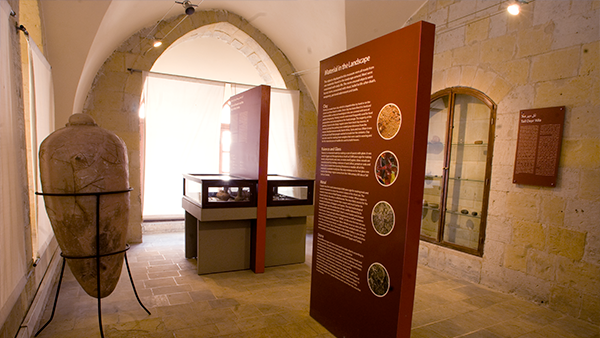
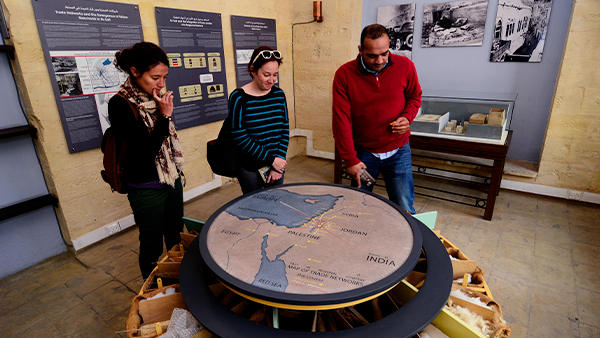
as-salt folklore museum – abu jaber house
The museum was established for the conservation and display of the popular heritage of al-Balqa’ Governorate. It is comprised of two sections representing Bedouin and village life. For a fascinating look into the unique traditions and culture of As-Salt this museum is a must see!
prophet yusha’s shrine – prophet joshua’s shrine
Within a mosque to the west of As-Salt, on a hill carrying his name lies the shrine of Prophet Yusha (Joshua). He was the apprentice of Prophet Moses and later his successor. Prophet Joshua led the army of the tribes of Bani Isra’il in conquest over the land of Palestine.

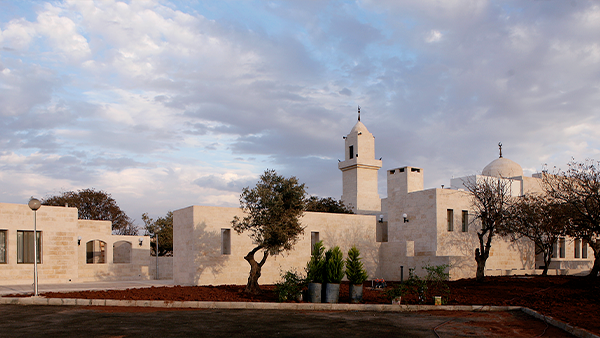
khirbet ayyoub – prophet job’s tomb
Southwest of As-Salt in an area known as Khirbet Ayyoub foundations of an ancient building mark the final resting place of Prophet Ayyoub (Job), who is mentioned in the Holy Qur’an four times. His legendary patience and faith gave him strength to endure tremendous hardships. Ultimately, Prophet Job was rewarded with blessings, as stated in the Holy Qur'an (Sura 21, verses 83-84):
“And (remember) Ayyoub, when He cried to his Lord,’Truly distress has seized me, but Thou art the Most Merciful of those that are merciful.’ So We listened to him: We removed the distress that was on him, and We restored his people to him, and doubled their number, as a Grace from Ourselves, and a thing for commemoration, for all who serve Us.”
the religious harmony trail
Reflected in the old mosques and churches residing together in peace, the city of Salt is a living example of interreligious harmony and coherence within a single neighborhood. The architecture and ancient houses reflect in the religious writings and symbols common to Muslim and Christian families.
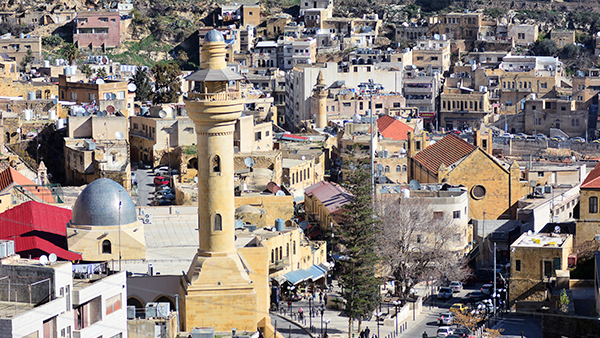

heritage houses
The historical buildings of As-Salt reflect the harmonious spirit of the city. With a unique architectural style seen nowhere else, the old houses of As-Salt have been nominated for UNESCO’s prestigious World Heritage status.
as-salt great mosque
This mosque, built during the late Abbasid Era, is oldest mosque in the city and acted as a center for religious scholars from all around the world.

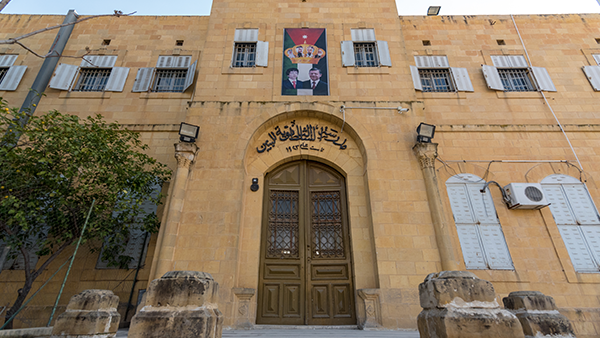
as-salt secondary school
Established in 1923, the Salt Secondary School is the first and oldest school in Jordan, with many political figures and leaders in Jordan graduating from this school.
al-hammam street
The oldest and most active street in As-Salt city, named after a Turkish bath, the narrow pedestrianized street rolls around the contours of the hillside between 150 year old traditional ottoman stone architecture.
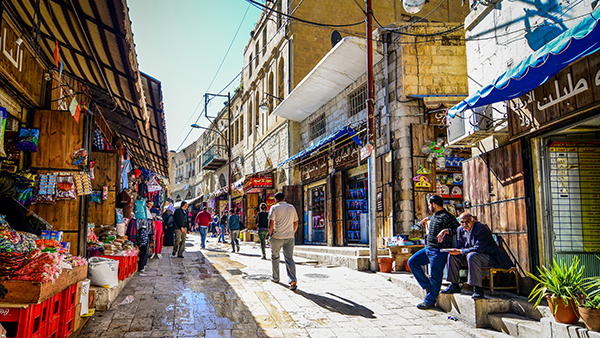
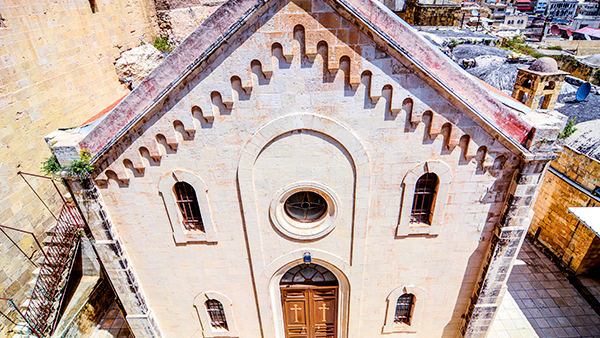
english complex
The complex was built on the ruins of Roman baths and was used for diverse purposes including medical, educational and religious use.
al-khader orthodox church – st. george church
The holy shrine was built in the 17th century in a cave where it is believed that a villager received a message from God to build a church The church is visited by Muslims and Christians alike to ask for blessings and to pray.
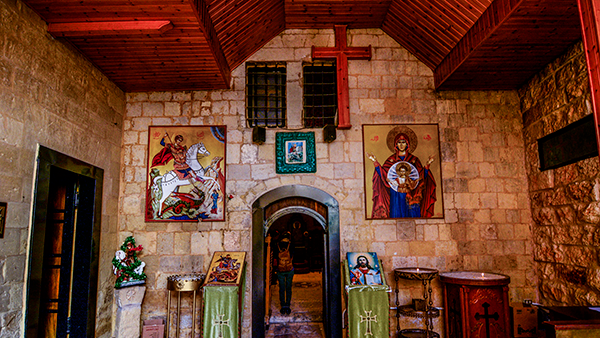
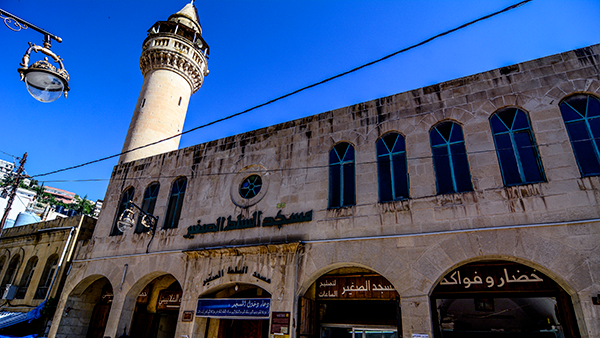
small mosque
This mosque, located at the end of Hammam street, was built in the first quarter of the 20th century by famed mason Haj Suleiman Abu Al-Hasan.
beekeeping with al-arabiyat brothers – alshammar honey
You will be taken on a journey through the brothers’ farm to experience what it feels like to be a beekeeper. If you’re interested in beekeeping and learning how your natural honey is made behind the scenes, then this is the experience for you!

